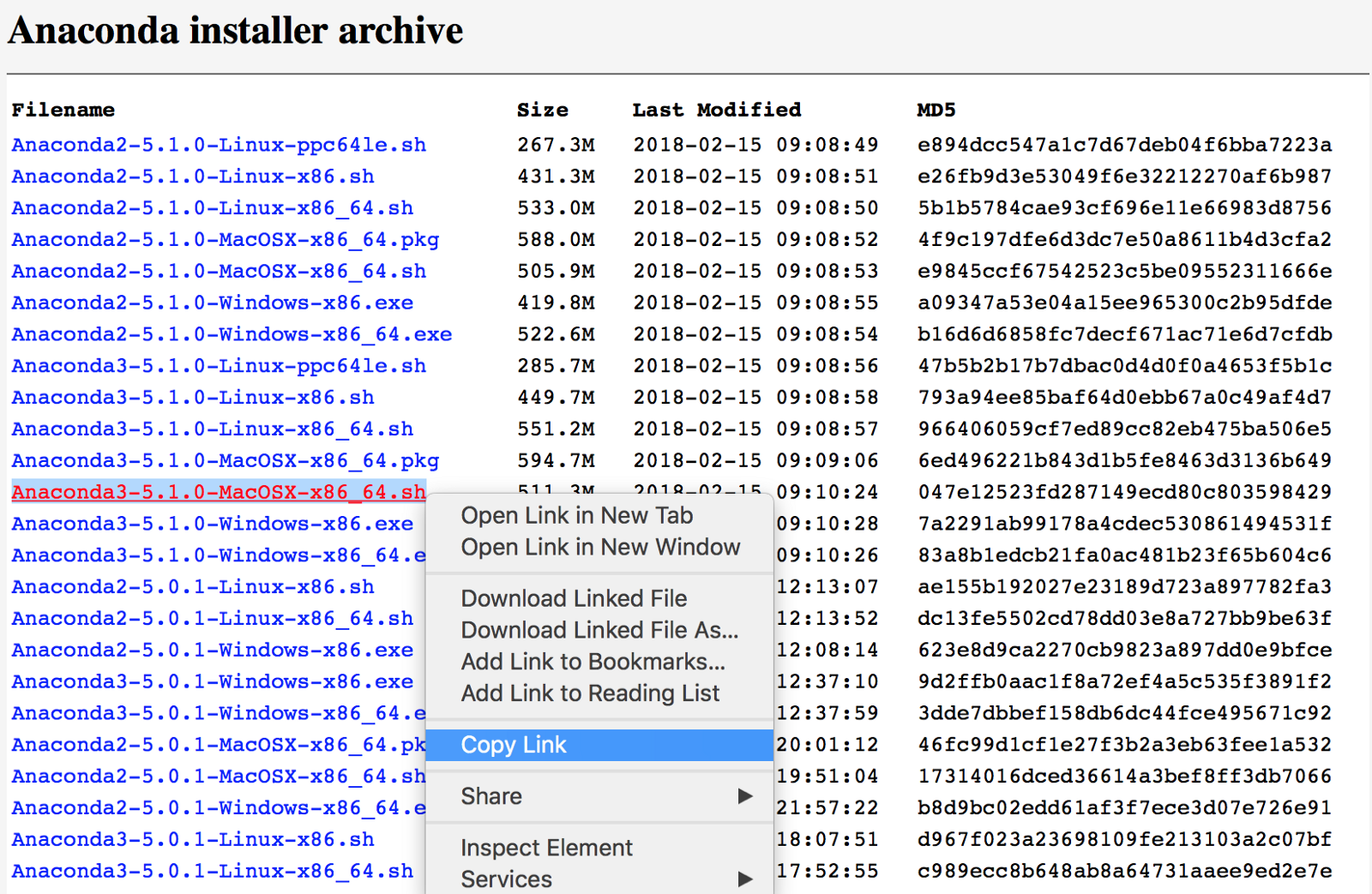

- UPGRADE PYTHON VERSION ANACONDA .EXE
- UPGRADE PYTHON VERSION ANACONDA INSTALL
- UPGRADE PYTHON VERSION ANACONDA ZIP FILE
UPGRADE PYTHON VERSION ANACONDA INSTALL
Install Python using a package manager for Windows But the embeddable zip doesn’t include pip or any of the other useful tools that come with a full install, so it’s for expert use only.

It’s useful to bundle in when you want to distribute a Python app manually, or when you need a quick, one-off Python install to test something on the fly.
UPGRADE PYTHON VERSION ANACONDA ZIP FILE
UPGRADE PYTHON VERSION ANACONDA .EXE
EXE file that runs the setup process for Python. In addition to the 32-bit (“x86”) and 64-bit (“x86-64”) versions already mentioned, you can choose from the embeddable zip file, the executable installer, and the web-based installer. offers a number of different incarnations of Python for Windows. Choose the right Python installer for Windows The Windows installer lets you specify the target directory. If you’re the only user on the system, you might want to place Python in a higher-level directory (e.g. Python installs on Windows in much the same way as any other application, by way of an installer that guides you through the setup process.īy default the Python installer for Windows places its executables in the user’s AppData directory, so that it doesn’t require administrative permissions. The only time you should choose the 32-bit version of Python is if you’re stuck with a 32-bit version of Windows, or you need to use a third-party module that is available only in a 32-bit edition. Some are available only in 64-bit versions. 64-bit applications don’t have this limit, hence many data analysis and machine learning tools for Python work best in 64-bit incarnations. 32-bit Python, and 32-bit apps generally, can access only 4GB of memory at a time.Windows users can run 32-bit editions of Python on 64-bit Windows, but at a slight cost of performance. Most modern operating systems use a 64-bit edition of Python by default.The most likely answer is 64-bit, for the following reasons: One key choice you’ll need to make, especially on Windows, is whether to use the 32-bit or 64-bit version of Python. (You might want to investigate other Python distributions later, since they address specific use cases you might have, but we won’t consider them here.) Again, this is the safest and most broadly compatible distribution, the one nobody gets fired for picking. Unlike Linux, though, Python offers one, gold-standard, “official” edition you can always fall back on: CPython, the version provided by the Python Software Foundation at.

Python also comes in a variety of distributions, in much the same way Linux does. You can always try out the most recent version of Python in a controlled way - e.g., in a VM or a test machine - but going one version back guarantees the best compatibility with common third-party Python packages. The safe bet, then, is to use the latest update of Python 3.7 (in this case, Python 3.7.6). At the time of this writing, Python 3.8.1 is the most current version.


 0 kommentar(er)
0 kommentar(er)
